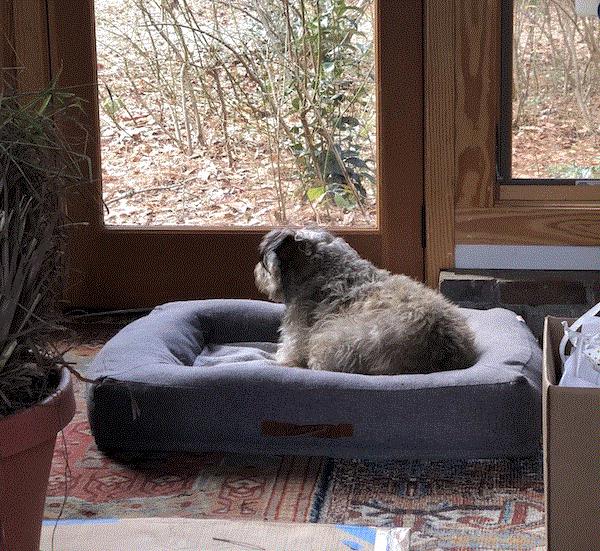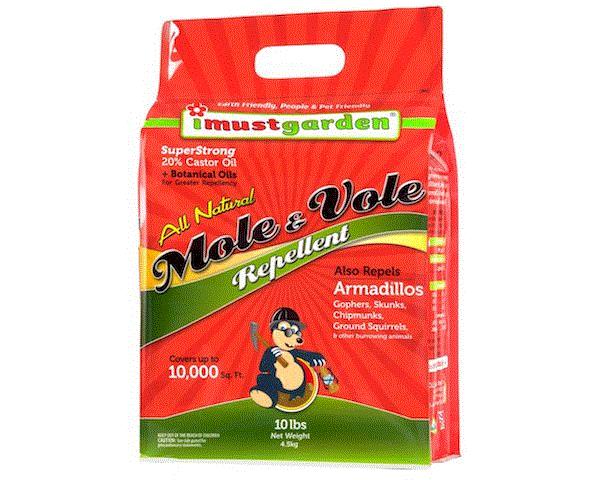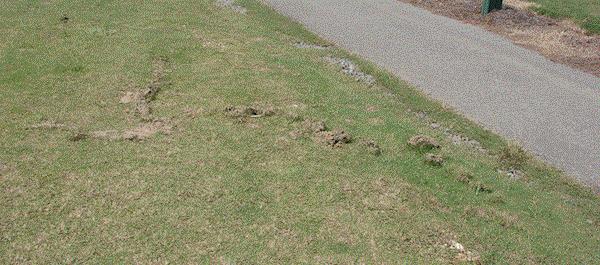Interim Decision on Carbaryl Posted
EPA issued an interim registration decision on carbaryl in late November 2022. If the interim decision is finalized, there'll be some major changes to the labels of carbaryl, which many of us know as Sevin and Carbaryl, or under other trade names.
Lots of new and modified label languages or restrictions have been proposed for many crops. Here are some of the major proposals that will impact operations producing or managing turfgrass and ornamental plants:
-
The current re-entry interval (REI) is 12 hours for ornamental plants and 18 days for areas receiving less than 25 inches of rainfall per year. The proposed change will make the REI 18 days after liquid application and 12 days after dust application for cut flower production in all areas. Again, this change is only applicable to outdoor cut flower production. As I understand it, the REI remains 12 hours for other ornamental plant production systems, such as containerized or in-ground tree and shrubs.
-
Turf application will be limited to 16 pounds of active ingredient per acre per year, down from 36 pounds for golf courses and 32 pounds for sod farms.
-
Residential uses of dust formulations on all plants and residential uses of granular formulation on turf will be cancelled.
-
Requirement on Personal Protective Equipment (PPE) will be removed from homeowner products. PPE is only applicable to commercial activities and agricultural production.
-
Pollinator protection will be strengthened. EPA proposes a bee advisory box, and expands languages and cautions on pollinator protection.
The proposal also prohibits backpack application for boring beetle treatment by U.S. Forest Service; the same application method by nurseries is still allowed. Carbaryl doesn’t have an indoor use label so the proposed changes aren’t applicable to greenhouses, hoophouses and other protected cultures.
The proposed changes for turfgrass and ornamental plants focus on cut flower production to provide additional protection to workers during harvest and on residential uses to protect human health and minimize ecological risks. The interim registration decision summarizes the risks to human health and ecosystems, and benefits to agriculture and users.
Click HERE to read the interim registration decision for carbaryl.

Submit Your Comments on EPA’s Carbaryl Interim Decision
Now you can have your say in the matter!
EPA is soliciting public comments on its proposed decision for carbaryl. The deadline to submit a comment is February 14, 2023. Organizations representing the green industry, such as AmericanHort, have already submitted or will submit comments. I had an interview with folks at EPA and will also submit a comment.
You should also have your voice heard whether it’s for or against the proposed changes. Do you grow cut flowers or sod for business, or take care of lawns and gardens? Do you support the proposed label changes? Do you use carbaryl in your garden or business? How do you use it? How important is carbaryl to your pest management program? What does it mean to you if the label restrictions proposed by EPA are approved and finalized? What concern do you have with the current uses or the proposed restriction? “A good decision that’s a long time coming,” “it’ll kill my business” or “meh”?
Submit your comments by clicking HERE and then click on the “Comment” button on the upper left corner of the webpage. EPA won’t just ignore your comments; it’s required by law to read all comments it receives. The agency is in fact quite eager to receive comments from the green industry, which will be impacted.

Keep Deer Away
The last issue of IPM Insights by the Northeastern IPM Center features an article on deterring deer written by Marcia Anderson of EPA Center for Integrated Pest Management. I don’t suffer much deer damage at home because I have more than enough forage for all the deer in the neighborhood. And, more critically, a fierce dog lives here and is always on the lookout, so no deer dare to venture near the garden. The bushes in my neighbors’ yards on Edisto Beach, however, are easily accessed buffets.


Marcia outlined several approaches to deterring deer from your gardens:
-
Install and maintain a deer fence, particularly one that’s more than 6-ft. tall, double-fenced or has irregular tops.
-
Utilize shrubs that can obstruct a deer’s vision or sense of smell, such as boxwood, false cypress, andromeda, holly and weigela.
-
Avoid planting deer magnets, such as impatiens, sunflowers, tulips, hostas, daylilies, daisies, yews, arborvitae and hyacinths. Consider daffodil, lily of the valley, lamb’s ears, lavender, Russian sage, liriope, pachysandra, myrtle, ornamental grasses, iris, foxglove or yucca as replacement.
-
Plant pungent species such as garlic, chives, mint, lavender, lemon balm, bee balm and oleander, that can mask the scent of desirable plants. You can also plant detested species, such as marigolds, lupine and sage around the desirable ones.
-
Apply commercially available deer repellents, sewage sludge fertilizer or sewage-derived mulch products. Remember to reapply regularly.
-
Some objects may be deterring to deer, such as aluminum pie pans, lights and soap. Remember to alternate your deterrents or strategies because the deer will become acclimatized to something that’s always there, but not really causing any harm to them.
Click HERE to read Marcia’s article.

What About Moles and Voles?
Instead of deer, are you dealing with other kinds of varmints? Moles and voles are perennial problems for folks in my area. Likely so for your area, too. We're also seeing more armadillos, most of them as bloated carcasses on the sides of the roads. Armadillos have been steadily moving northward along the coast from Georgia and further south in the past 30 years.
I want to direct y’all to Paul Pilon’s latest issue of Perennial Pulse, where Paul introduced a product called I Must Garden. Okay, the trade name is a bit unusual, but if it works for Tim McGinty of North Creek Nursery, I think we should give it a try. Paul also wrote about how to properly use repellent so that moles and voles aren’t simply being chased from one corner of the yard to another. Read Paul’s Perennial Pulse by clicking HERE.
I Must Garden contains castor oil, peppermint oil and cedar oil. Castor oil is known to have repellency against several animal, insect and mite species, but is considered non-toxic when ingested.
So how exactly does castor oil repel moles, voles, armadillos and other animals? Some experts say it irritates their skin, noses, etc.; others say it irritates the digestive system of the animals. But if it's repellent, why would the animals eat it?

Instead of simply believing what people post on the Internet, I did a somewhat proper scientific literature search using the database from my university library. I quickly retreated after seeing that there are almost 35,000 papers written about or mention castor oil.
After narrowing the list down to several hundred using key phrases such as “repellency” and “toxicity,” I still couldn’t find the exact mechanism by which castor oil repels animals. I guess I just have to do what many papers I glanced through had done—yup, we saw repellency, and it might be due to this and that physiological effects, but I’m not going to tell you exactly which because I don’t really know.
If you know what that mechanism is, EMAIL ME. Be prepared because I’m going to ask for some evidence or data to support your claim.

My mother-in-law swears by the ability of castor bean plant to deter moles and voles. She has several growing in her vegetable garden each year. It’s not cold hardy, but it survives long enough to seed. My mother-in-law never has to replant the castor bean plants; they come up from the seeds from last year. She also never has mole or vole problems in her vegetable garden, although signs of moles are everywhere in the goat pen next to the garden.
It’s important to recognize that castor bean contains both ricin and castor oil. Ricin is known to be a very dangerous toxin. Is it ricin or castor oil in the bean that does the trick against voles and moles? I have no idea and I’m not going to ask my mother-in-law for scientific evidence.





See y'all later!

JC Chong
Professor of Entomology at Clemson University
This e-mail received by 27,847 subscribers like you!
If you're interested in advertising on PestTalks contact Kim Brown ASAP!